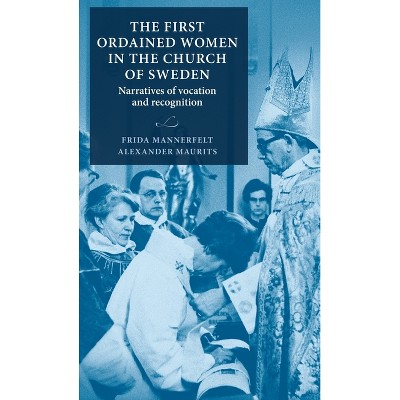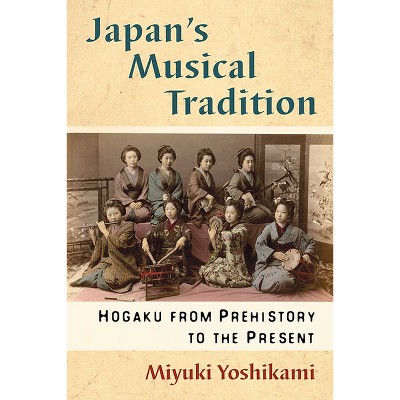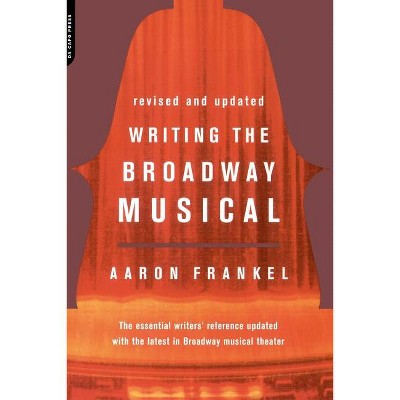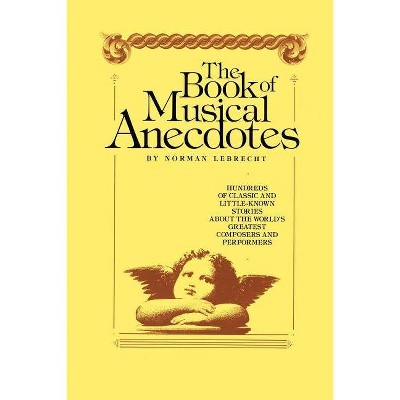Musical Festival Floats of Japan - (Lund University Press) by Håkan Lundström (Hardcover)

About this item
Highlights
- Based on more than thirty years' fieldwork, this book aims to increase the understanding of music played on elaborate wooden floats which form vital components in Japanese festivals with a religious dimension.
- About the Author: Håkan Lundström, Professor Emeritus of Music and Society at the Faculty of Fine and Performing Arts, Lund University
- 320 Pages
- Music, Genres & Styles
- Series Name: Lund University Press
Description
About the Book
Based on more than thirty years' fieldwork, this book aims to increase the understanding of music played on elaborate wooden floats which form vital components in Japanese festivals with a religious dimension. The focus is on float-festivals in Aichi prefecture in central Japan, butinternational and national perspectives come into play as well.Book Synopsis
Based on more than thirty years' fieldwork, this book aims to increase the understanding of music played on elaborate wooden floats which form vital components in Japanese festivals with a religious dimension. The focus is on float-festivals in Aichi prefecture in central Japan; but wider perspectives, international as well as national, also come into play.
Float-festivals date back several centuries. A good deal of modernization has taken place from the mid-twentieth century onwards, but historical roots and connections are still discernible, and these distinctive festivals and their music remain of great significance to many communities in modern Japan.
From the Back Cover
Based on more than thirty years of fieldwork, Musical festival floats of Japan aims to increase the understanding of music played on elaborate wooden floats which form vital components in Japanese festivals with a religious dimension. The book focuses on float-festivals in Aichi prefecture in central Japan; but wider perspectives, international as well as national, also come into play.
Charged with spiritual power, the floats serve as mobile shrines with musicians riding inside them. The music they play has important functions at different stages of the festivals. The instrumental core of all ensembles is made up of drums and flutes. The composition of ensembles varies, though, as do the musicians' degrees of experience. These days, schoolchildren - increasingly girls in what used to be an exclusively male domain - play alongside adults. Float-festivals date back several centuries. A good deal of modernization has taken place from the mid-twentieth century onwards, but historical roots and connections are still discernible, and these distinctive festivals remain of great significance to many communities in modern Japan.
Illuminating the connection between religious practices and everyday life in present-day Japan, this book contributes to an understanding of the roles of instrumental music and vocal expression in human communication.
About the Author
Håkan Lundström, Professor Emeritus of Music and Society at the Faculty of Fine and Performing Arts, Lund UniversityShipping details
Return details
Trending Book Pre-Orders











